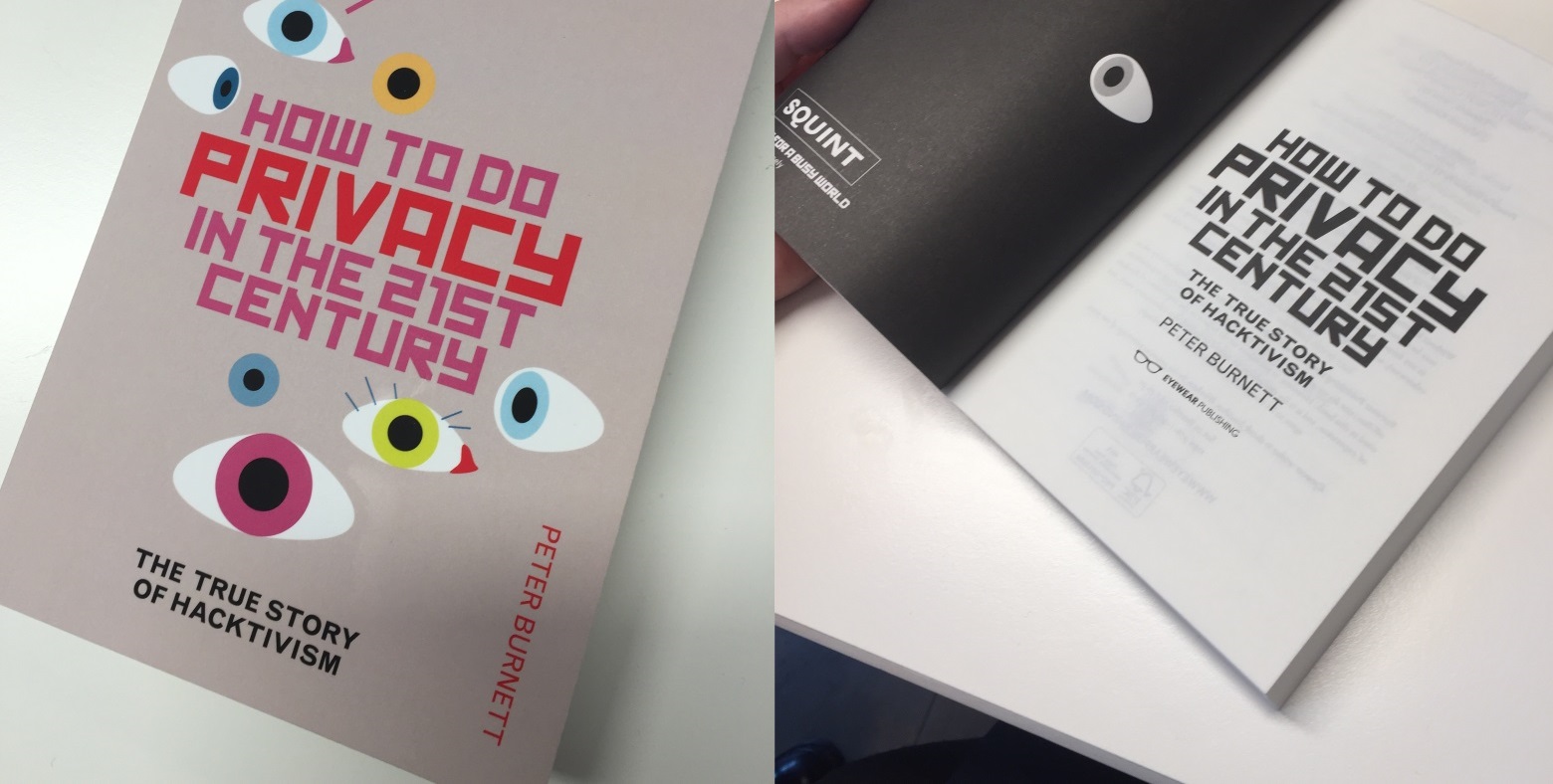PART ONE: Lord Justice-Clerk Ormiston was called the Curse of Scotland. And when the Ladies were at Cards, the Nine of Diamonds (also commonly called the Curse of Scotland) was known to them as The Justice Clerk. In the 18th century in Scotland, the nine of diamonds was considered to be the most unlucky card in the deck.
Ormiston was one of the Commissioners promoted to inquire into the Massacre of Glencoe on 28 May 1695, and he became unpopular because of the powers awarded to his position in order for him to reach conclusions in the muderous affair. In February 1699 he succeeded Lord Raith as Treasurer-depute of Scotland, which he retained until the accession of Queen Anne, when he was dismissed from all his offices.
Later however, he obtained a commission appointing him a second time as Lord Justice Clerk, dated 8 January 1705, and was at the same time appointed to succeed Lord Whitelaw as a Lord Ordinary in the Court of Session, a place he retained until his death, in his 79th year.
The connection between Ormiston and the playing card is surely rooted in Glencoe. If you need reminding, John Dalrymple, 1st Earl of Stair was Scottish lowland noble who convinced King William to sign an order to extirpate the clan McDonald in a heinous event known as the Massacre of Glencoe. Extirpate here meaning something like — root out and destroy.
Scotland was outraged, especially when King William absolved both himself and the Earl of any wrongdoing. The Dalrymple coat of arms features nine diamonds arranged like the playing card, so it is very likely that the nine of diamonds became associated with the much-hated Dalrymple.
Now Read PART TWO.





